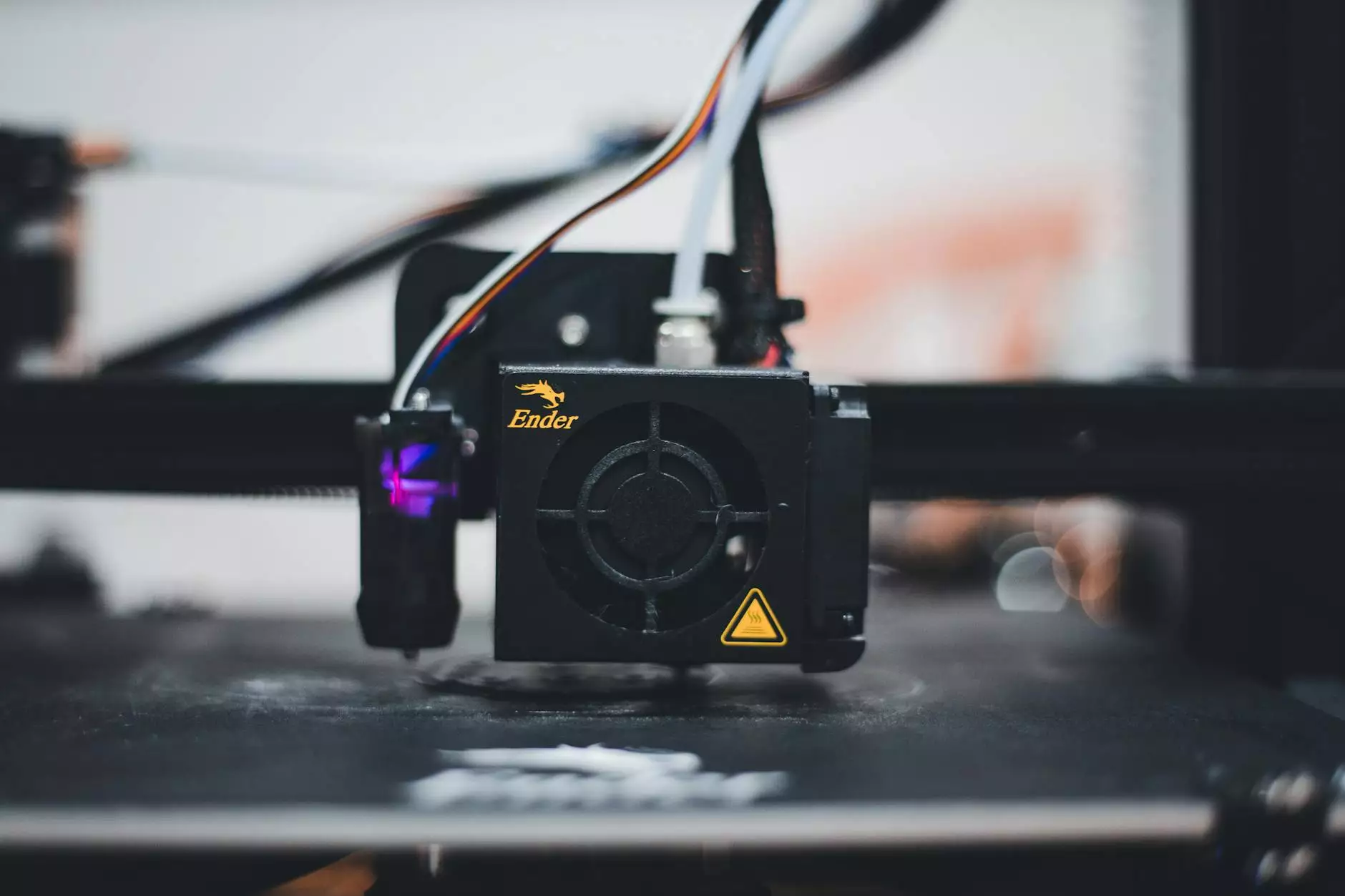Choosing the Best Printer for Clothing Labels: A Comprehensive Guide

Introduction
In the vibrant world of fashion and apparel, a well-designed clothing label is not just an accessory; it's a vital element that contributes to brand identity and consumer experience. For businesses eager to produce their own clothing labels, selecting the right printer for clothing labels is crucial. In this guide, we'll explore everything you need to know to find the perfect printer, ensuring your clothing labels stand out for all the right reasons.
Why Invest in a Quality Printer for Clothing Labels?
The clothing industry is fiercely competitive, and having high-quality labels can make a significant difference. Here are some compelling reasons why investing in a good printer for clothing labels is essential:
- Brand Identity: Your label is a representation of your brand. High-quality printing conveys professionalism and attention to detail.
- Durability: Labels need to withstand wear and tear, especially in clothing that is frequently washed. A quality printer ensures that your labels remain intact.
- Customization: Personalizing labels with designs, logos, and taglines can enhance your brand's visibility.
- Cost-Effectiveness: Producing labels in-house can save money in the long run, particularly for small to medium-sized businesses.
Types of Printers for Clothing Labels
When considering a printer for clothing labels, it's imperative to understand the different types of printers available and their unique features:
1. Thermal Transfer Printers
Thermal transfer printers are popular for clothing labels because of their ability to produce high-quality images that are resistant to fading. These printers work by using heat to transfer ink from a ribbon onto the label material. Here are their key advantages:
- High Resolution: Perfect for intricate designs and small text.
- Long-lasting Prints: Ideal for items that require care labels or washing instructions.
- Versatile Materials: Can print on various substrates, including synthetic fabrics, which are common in apparel manufacturing.
2. Direct Thermal Printers
Direct thermal printers create images by applying heat directly to the label material, usually special thermal paper. While they are simpler than thermal transfer printers, there are pros and cons:
- Cost-Effective: Generally, they are cheaper than thermal transfer printers, making them popular for small businesses.
- No Ink or Ribbon Required: This can reduce maintenance costs and streamline production processes.
- Limited Durability: Labels printed this way may fade over time or react adversely to heat and sunlight.
3. Inkjet Printers
Inkjet printers are versatile devices that can produce colorful and detailed labels. They work by spraying tiny droplets of ink onto the label material:
- Vibrant Colors: Excellent for labels that require intricate designs and images.
- Wide Range of Materials: Can print on various label materials, including fabric, paper, and glossy surfaces.
- More Maintenance: Requires regular cleaning and care to avoid issues like clogging.
4. Laser Printers
Laser printers use a non-impact printing process to produce high-quality text and graphics. They can be ideal for clothing labels:
- Speed: Fast printing speed makes them suitable for bulk printing.
- Quality and Precision: Produces sharp, clear text that stands out.
- Cost of Supplies: Although generally more expensive upfront, they have a lower cost per page over time.
Factors to Consider When Choosing a Printer for Clothing Labels
Selecting the right printer for clothing labels involves considering several critical factors:
Print Volume
Assess your business needs and determine how many labels you expect to print regularly. For small businesses with limited volume, a compact inkjet or thermal printer might suffice. For larger operations, higher-capacity thermal transfer or laser printers would be more appropriate.
Label Material Compatibility
Identifying the type of label material you intend to use is crucial. If you plan to print on fabrics, ensure that the printer you choose is compatible with fabric-labeling media. Thermal transfer printers are often preferred for their versatility in material compatibility.
Print Quality
Print quality is paramount in clothing labels. Look for printers that offer a high DPI (dots per inch) rating for sharp imagery and clarity of text. This is especially important for intricate designs or small fonts.
Cost of Ownership
Evaluate not only the initial purchase price but also the ongoing costs, including ink, ribbons, and maintenance. A printer may be cheap upfront but could incur high operating costs over time.
Ease of Use
Choose a printer that integrates easily into your existing production workflow. User-friendly interfaces and connectivity options will enhance productivity.
How to Set Up Your Clothing Label Printer
Once you have selected your ideal printer for clothing labels, setting it up correctly is key to ensuring optimal performance:
1. Unpack and Assemble
Follow the manufacturer's guidelines to unpack and set up your printer according to the included instructions.
2. Install Software Drivers
Most printers come with software that needs to be installed on your computer or compatible device. Ensure you download the correct drivers from the manufacturer's website.
3. Connect to Power and Network
For network-capable printers, connect to your Wi-Fi or Ethernet as required, ensuring the printer is easily accessible to the computers you’ll be printing from.
4. Load Media
Carefully load your label media according to specifications. Ensure alignment is correct to prevent printer jams.
5. Perform a Test Print
Before running a full production, conduct a test print to ensure everything is functioning correctly and the print quality meets your expectations.
Best Practices for Printing Clothing Labels
To maximize the effectiveness of your printer for clothing labels, consider the following best practices:
1. Regular Maintenance
Keep your printer clean and well-maintained. Schedule regular checks to replace worn-out parts and clean printheads as recommended by the manufacturer.
2. Printer Settings Optimization
Adjust print settings for each job to match the label material. Use the appropriate resolution for different labels types—lower for simple text, higher for complex graphics.
3. Quality Control
Always inspect your labels for print quality and correct alignment. Implement checks to minimize errors before clothing labels are applied to finished products.
Conclusion
Choosing the right printer for clothing labels can greatly enhance your product's appeal and contribute to your brand identity. By understanding the types of printers available, considering key factors in your decision-making process, and following the best practices outlined in this guide, you’ll be well-equipped to produce high-quality clothing labels that elevate your brand in the competitive market.
Explore More at Durafastlabel.com
For further insights into label printing technology, services, and products, visit Durafastlabel.com. Our extensive offering of printing services and electronics ensures you have everything you need to succeed in your clothing label ventures.









